
Newsletter Subscribe
Enter your email address below and subscribe to our newsletter

Enter your email address below and subscribe to our newsletter
Your Source for Game News and Guides
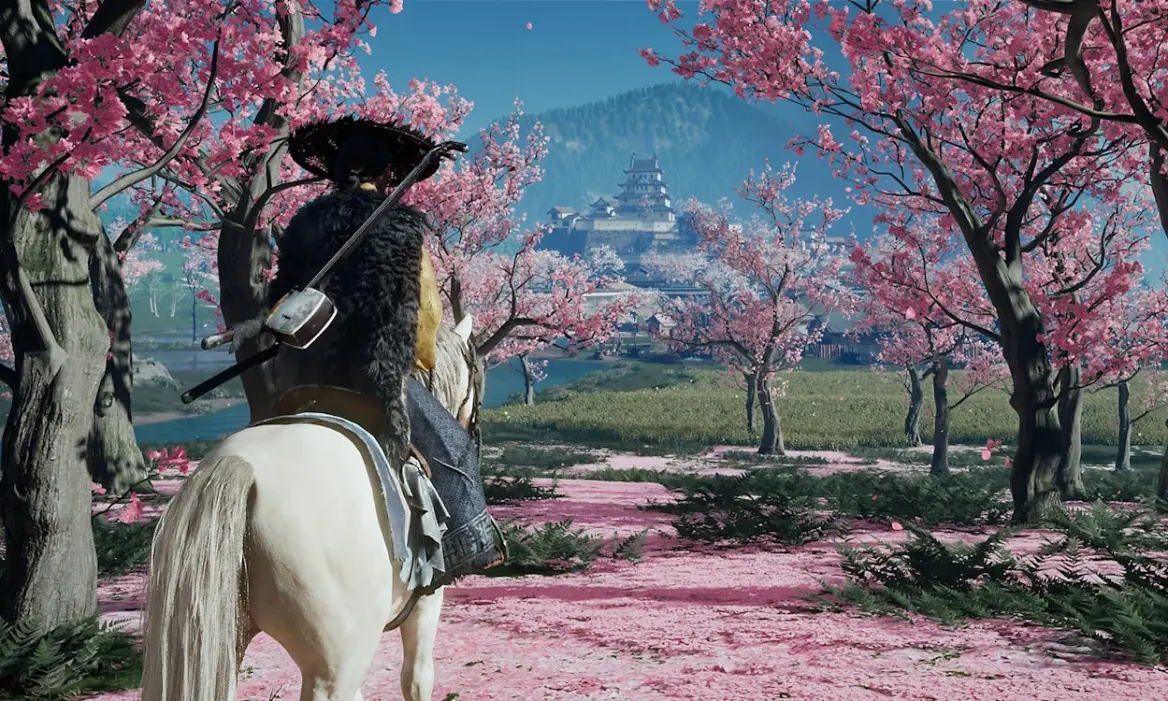
Starting your journey through Ghost of Yotei‘s sprawling Hokkaido landscape can feel overwhelming. Between tracking down the Yotei Six, mastering combat stances, and exploring every corner of Ezo, there’s a lot to juggle—especially when enemies are trying to separate your head from your shoulders every five minutes.
I learned many of these lessons the hard way during my first few hours, and I’m here to save you from the same mistakes. Whether you’re a Ghost of Tsushima veteran or completely new to Sucker Punch’s samurai universe, these tips will help you hit the ground running (and keep you from hitting the ground dead).
Let’s dive into the essential knowledge that’ll transform you from a confused wanderer into a skilled warrior ready to carve a path of vengeance across the frozen north.
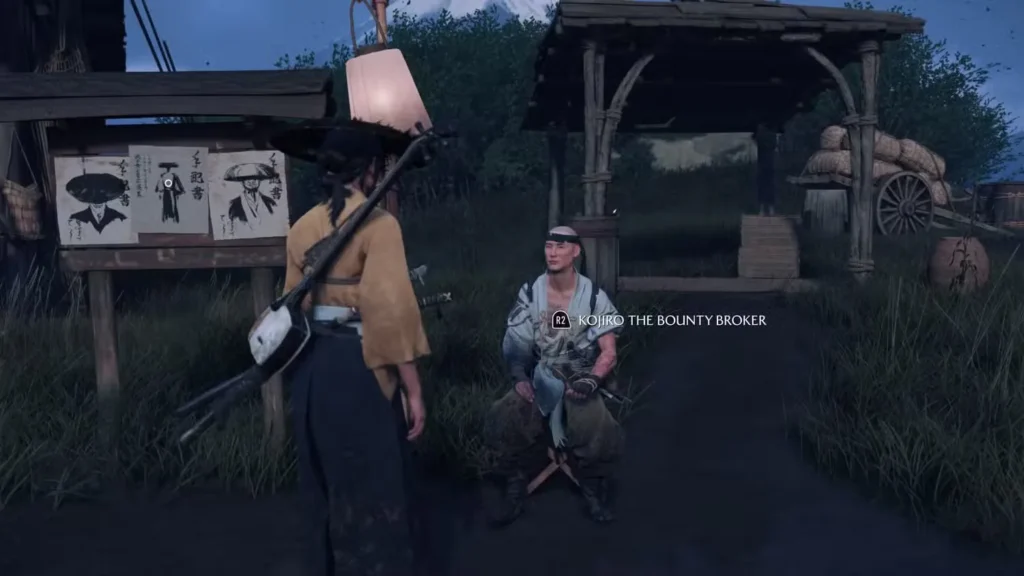
Once you unlock the Old Inn, you’ll meet Korijo, who opens up the entire Bounties system. This is basically your ticket to consistent cash flow, and trust me—you’re going to need it.
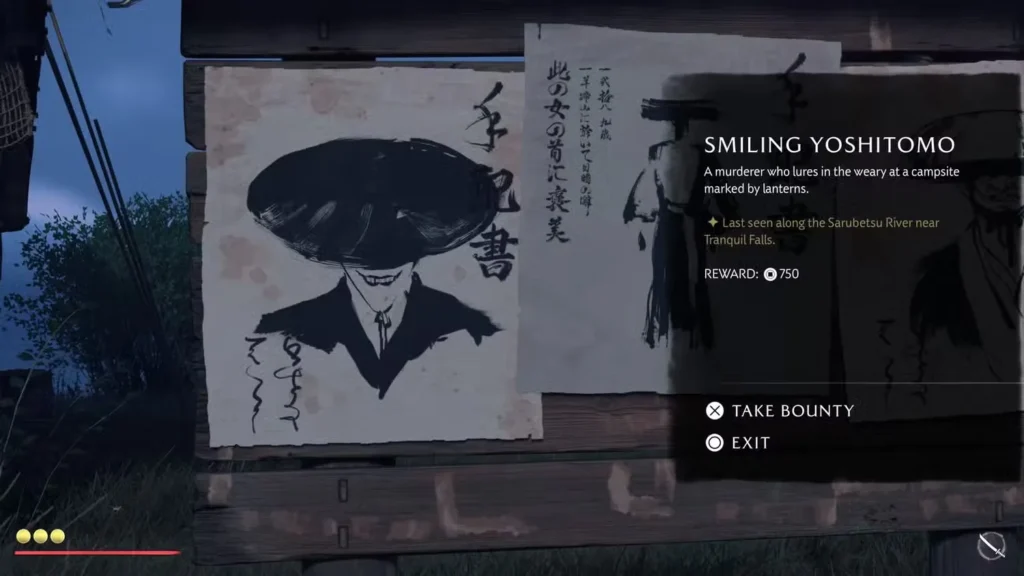
Here’s what makes bounties so valuable:
Visit Bounty Boards scattered around Ezo or head back to the Old Inn to browse available contracts. These jobs range from taking out small groups of bandits to hunting down named mercenaries with serious attitudes (and serious loot).
Pro tip: Don’t sleep on these early-game bounties just because they seem simple. They’re designed to help you practice parrying, dodging, and stance-switching without the pressure of a critical story mission. Think of them as paid training sessions.
Some bounties even lead to encounters with wandering Ronin who might teach you new techniques or offer unique rewards. Keep your eyes open for those golden opportunities—literally, since they’re marked differently on your map.
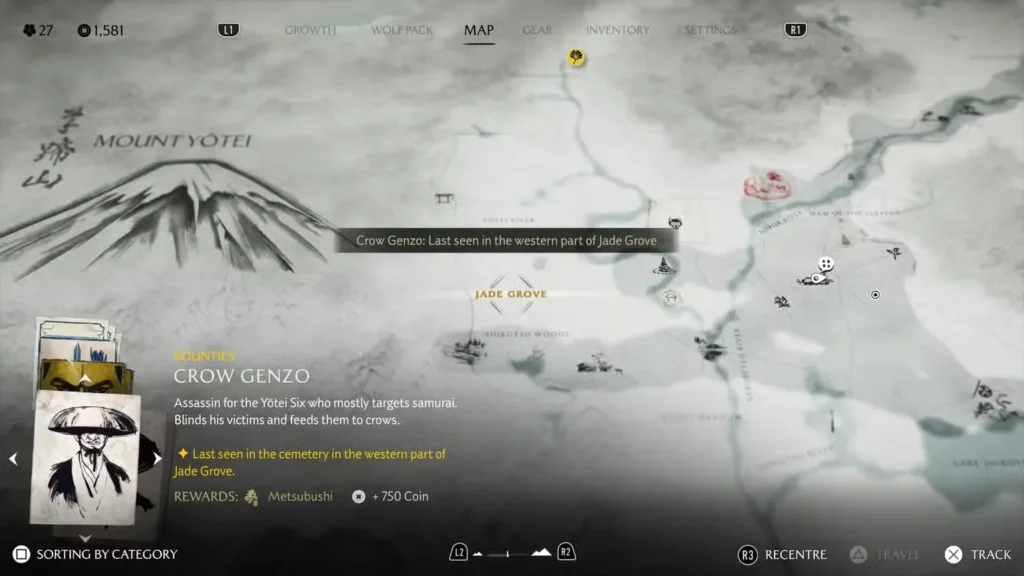
Ghost of Yotei throws a lot of quests at you, and without understanding the color system, your map quickly becomes an incomprehensible mess of icons. Here’s your decoder ring:
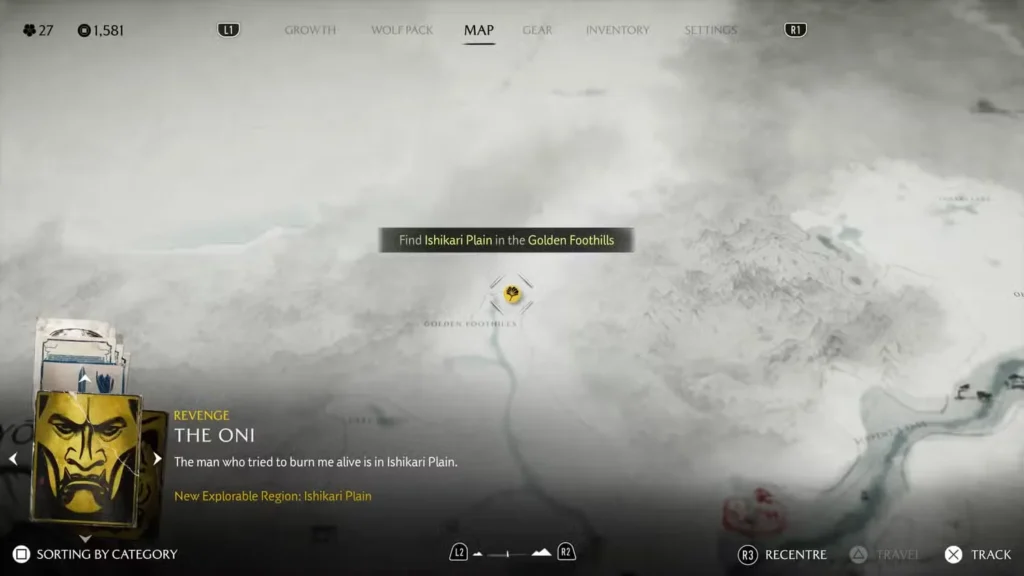
Unlike games that dump everything into one generic “side quest” category, Ghost of Yotei lets you filter and prioritize based on what you’re in the mood for. Want to focus on story? Track Gold and Gray. Need upgrades? Chase those Blue markers. Just want to fight stuff? Red’s your color.
Here’s my recommendation: Don’t ignore the Blue (Sensei) quests. These unlock crucial upgrades and new weapons that make everything else easier. Knock out a few of these early, and you’ll thank yourself later when you’re facing tougher enemies.
The system also helps prevent that overwhelming feeling of “I have 47 quest markers and no idea what to do.” Just pick a color and follow it for a session. Your quest log will thank you.
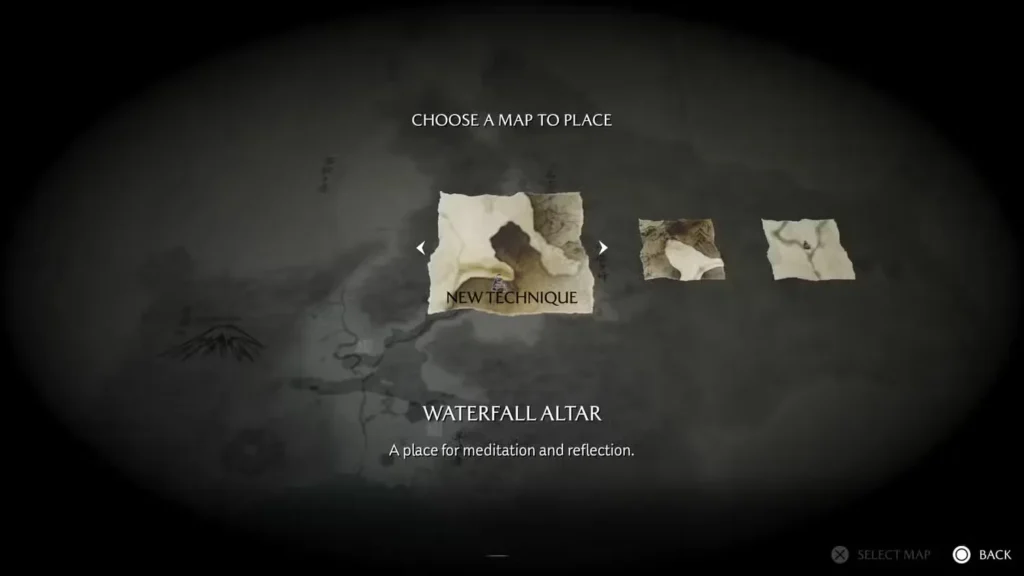
Ezo is massive. Like, genuinely intimidating in size. You could spend hours wandering around looking for Shrines, collectibles, and upgrade materials… or you could just buy a map and have everything marked for you.
Here’s what Cartographers and Merchants sell:
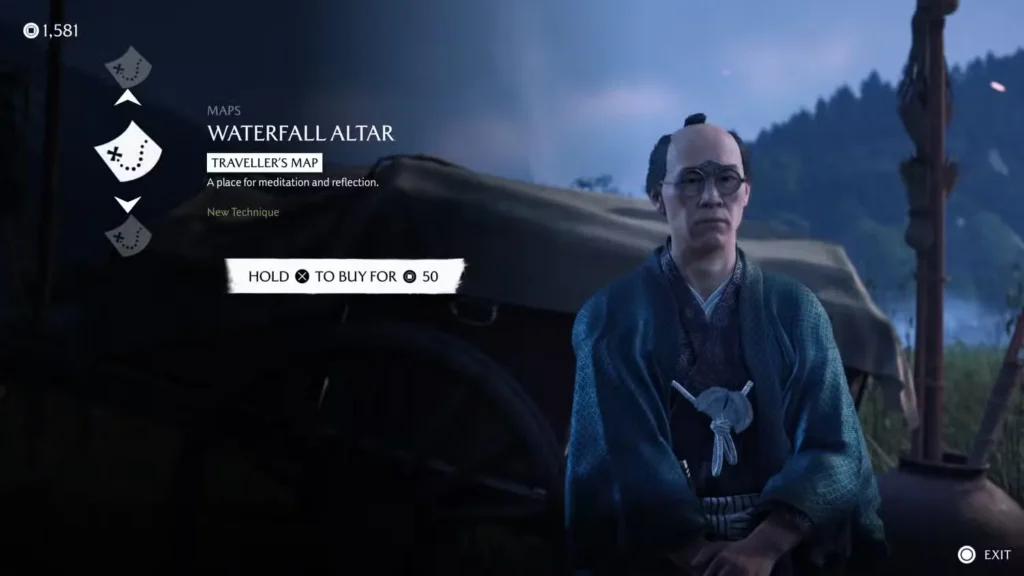
Skills in Ghost of Yotei aren’t earned through XP or leveling up—they’re only obtained at Altars found at Shrines. This means if you can’t find Shrines, you literally can’t upgrade Atsu’s abilities or Wolf’s skills.
Buying maps early is one of the smartest investments you can make. Yes, it costs money upfront, but the time you save (and the upgrades you gain) makes it worthwhile ten times over.
Money-saving tip: Prioritize buying Shrine maps first, then grab activity maps for areas you’re actively exploring. You don’t need to buy every map immediately—just focus on your current region and expand outward.
Think of it this way: Would you rather spend 30 minutes riding around hoping to stumble on a Shrine, or spend a few coins and know exactly where to go? The choice seems obvious when you put it like that.
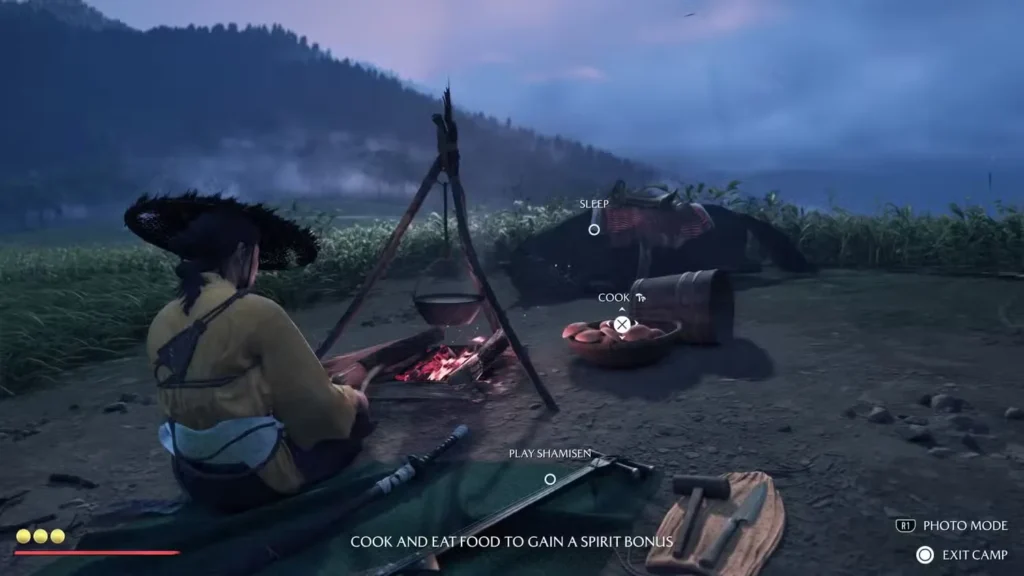
When you’re near your horse, hold Left on the D-Pad to set up camp. This is one of those features that seems minor at first but becomes absolutely essential once you understand its benefits.
What camping does for you:
The Spirit restoration alone makes this invaluable. Instead of burning through healing items or fighting at half-capacity, just take a quick camp break between encounters. There’s no cooldown, no cost, no downside.
The stranger encounters are clutch though. These NPCs who wander to your campfire aren’t just atmospheric—they provide genuine intel. They’ll mark enemy camps, hidden activities, or resource locations that you might have missed. It’s free reconnaissance delivered to your campfire.
My camping strategy: After clearing an enemy camp or completing a difficult fight, immediately set up camp. Restore your Spirit, cook something for a buff, and see if anyone shows up with information. It takes 30 seconds and often pays dividends.
Plus, there’s something atmospheric about watching Atsu rest by a fire while snow falls around her. The game wants you to slow down occasionally and appreciate the journey—embrace it.
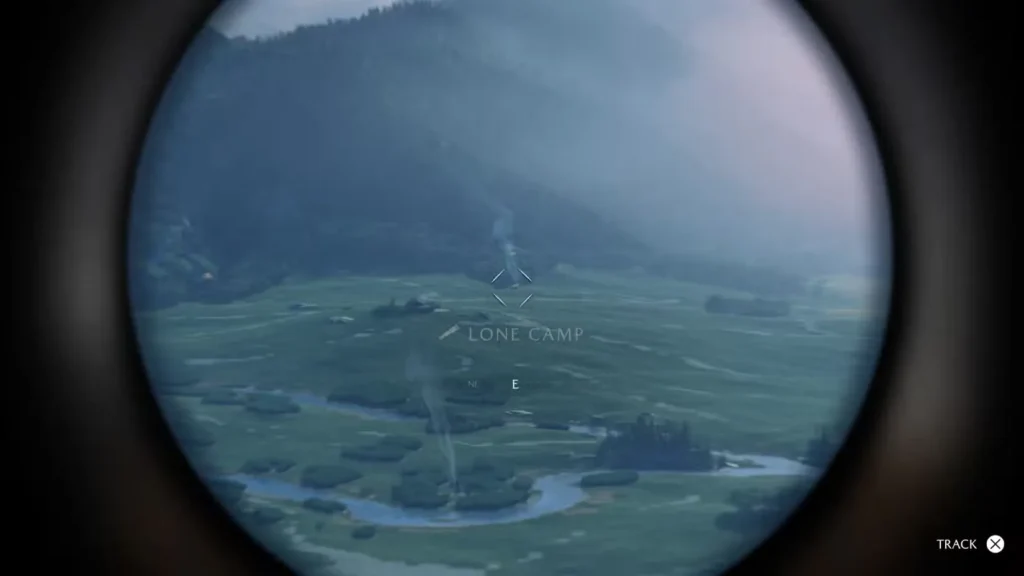
Press Up on the D-Pad to whip out your Spyglass, and suddenly you’re operating with military-grade reconnaissance. This is Ghost of Yotei’s answer to tower climbing in other open-world games, except better because you do it from wherever you want.
How the Spyglass works:
Pro tip: Don’t just use your Spyglass from designated vantage points. Any time you’re on elevated terrain—even just a modest hill—pull it out and scan around. You’ll be surprised how many activities you spot that weren’t marked on your purchased maps.
I make it a habit to Spyglass scan every time I complete a Shrine or reach a mountain summit. Takes five seconds, often reveals two or three new locations worth investigating.
Advanced technique: If you see smoke in the distance but can’t tell what it is, Spyglass it before riding over. Could be a camp that needs liberating, a traveler in need, or just environmental smoke. Knowing before you arrive helps you prepare accordingly.
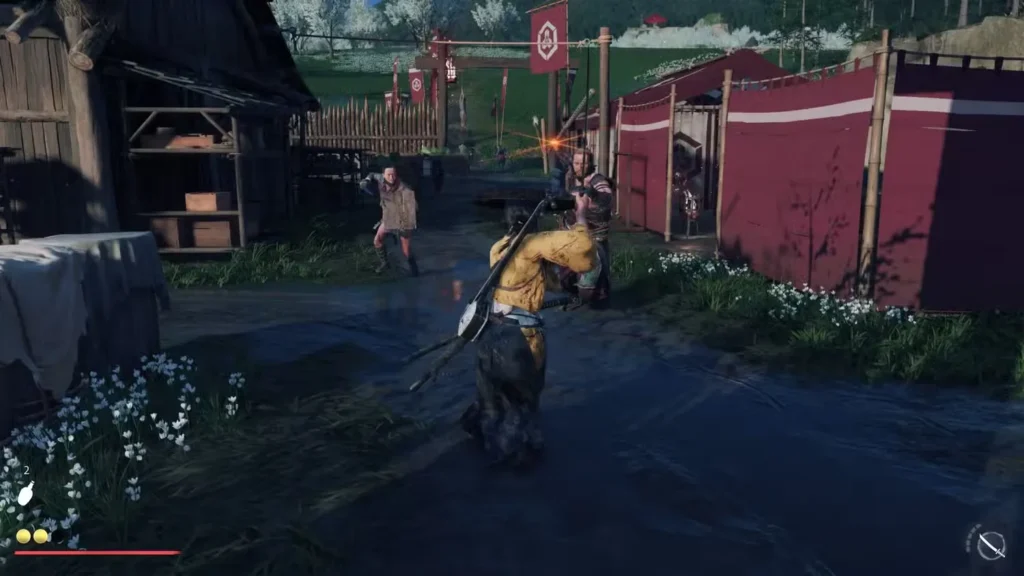
Ghost of Yotei’s combat is gorgeous, fluid, and will absolutely wreck you if you don’t understand the defensive system. When enemies attack, a glint appears on their weapon in one of three colors. Each color demands a different response.
Here’s your survival cheat sheet:
Blue Glint = PARRY
Yellow Glint = HOLD AND RELEASE
Red Glint = DODGE
No Glint = BLOCK OR PARRY
Early enemies telegraph their attacks clearly, giving you time to see the color and respond. But as you progress, enemies start chaining attacks, mixing colors, and pressuring you relentlessly. Muscle memory is everything.
My learning method: Spend time on early bounties specifically practicing each color response. Find a low-level bandit camp and just focus on perfect parries for five minutes. Then practice dodging red attacks. Build that muscle memory now, so it’s automatic when you’re fighting the Yotei Six later.
Also, different enemy types favor different attack colors. Brutes love red attacks. Spear users throw a lot of yellow at you. Learning these patterns means you can anticipate what’s coming based on who you’re fighting.
Critical mistake to avoid: Don’t mash dodge on everything. New players panic-roll constantly, which drains stamina and positions you poorly. Learn to parry blue attacks—they’re your best source of counterattack damage.
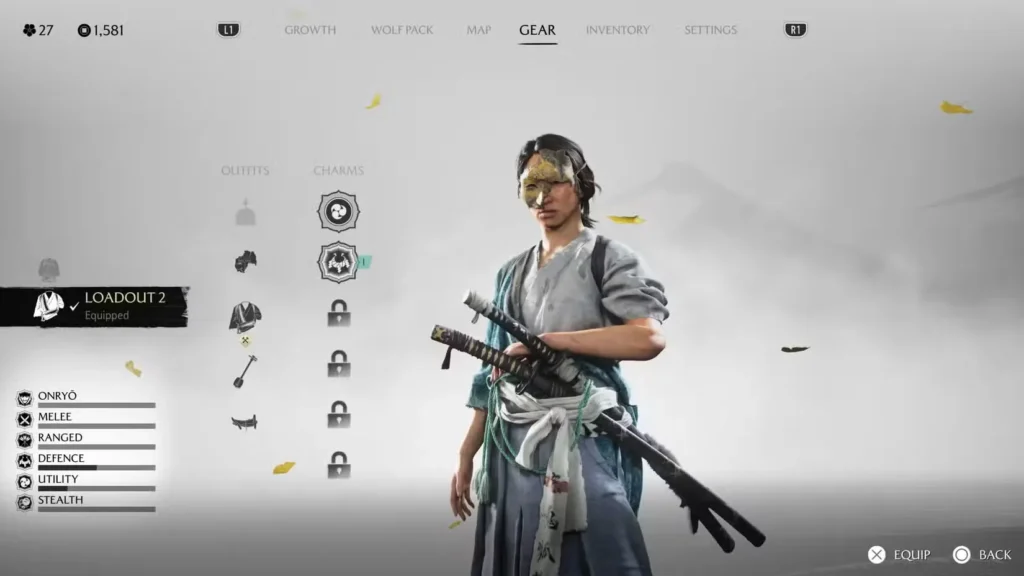
Open your Options menu, select Gear, and create Loadouts. This feature is easy to overlook but transforms how you approach different situations in the game.
What Loadouts let you customize:
Ghost of Yotei rewards tactical flexibility. Some situations call for full stealth—ghost stance, silent movement charms, dark armor. Other times you want maximum combat effectiveness with health regeneration and increased damage.
Loadout ideas to get you started:
“Ghost” Loadout:
“Warrior” Loadout:
“Explorer” Loadout:
Time-saving magic: Instead of manually swapping seven different items every time you want to change playstyle, you just select a different Loadout. It’s instant, it’s clean, and it lets you experiment with builds without the tedious menu management.
My approach: I keep one loadout for main story missions (balanced offense/defense), one for stealth-heavy infiltrations, and one for bounty hunting (maximum damage). Switching between them takes two seconds and dramatically improves my effectiveness.
Don’t sleep on experimenting with Charms either. Some combinations create synergies that transform how you play. That’s the kind of discovery that makes Loadouts so valuable.
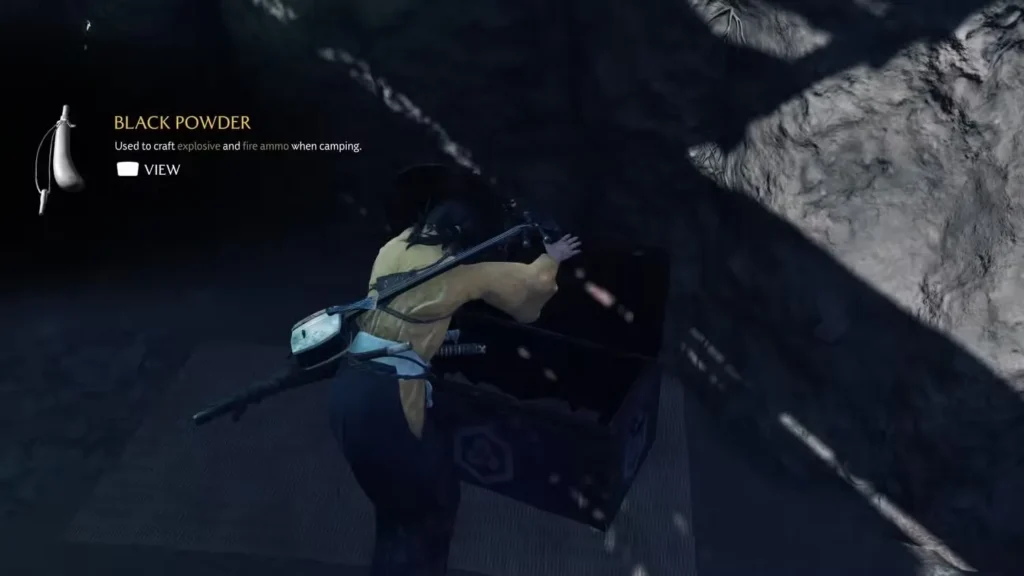
Materials are the currency of progression in Ghost of Yotei. Want to upgrade your katana? Need materials. Want better armor? More materials. Want to craft special ammunition? You guessed it—materials.
Where to find upgrade materials:
Unlike some games where loot is just vendor trash, every material in Ghost of Yotei has a purpose. That Young Bamboo you pick up early? You’ll need dozens of them for weapon upgrades. Those flowers? They’re cooking ingredients for powerful buffs.
The upgrade vendors you’ll need materials for:
Efficient looting strategy: Make it automatic. After every fight, hit the loot button on each corpse. When you’re riding between objectives, veer slightly to grab that bamboo or flower cluster. It adds maybe five seconds to your journey but saves hours of grinding later when you realize you’re 30 Iron short of a crucial upgrade.
What I wish I’d known earlier: Some materials are region-specific. If you skip looting in one area because “I’ll come back later,” you might forget which region had the resources you need. Just grab it now while you’re there.
The beauty of Ghost of Yotei’s design is that materials never feel like junk cluttering your inventory. Everything is useful, everything has value, and everything contributes to making Atsu more powerful. So yeah—loot everything.
Before you ride off into Hokkaido’s snowy wilderness, here are a few extra nuggets of wisdom:
For more information about Ghost of Yotei and its development, check out the official PlayStation page.
Ghost of Yotei is deliberately paced to reward exploration and experimentation. Unlike games that rush you from objective to objective, this one wants you to wander, discover, and absorb the atmosphere of 1600s Hokkaido.
These tips will help you avoid common pitfalls and make the most of your journey, but don’t let optimization overwhelm the experience. Sometimes the best moments come from getting lost, stumbling on an unexpected encounter, or just watching the snow fall while your camp fire crackles.
Now get out there, track down the Yotei Six, and show them why Atsu’s name will be whispered in fear across Ezo.
Prioritize unlocking the Old Inn and finding Shrines in your starting area. The Old Inn opens up essential systems like Bounties (for money) and various vendors, while Shrines are the only way to unlock Skills for Atsu and Wolf—you can’t level up through XP alone. Buy Shrine maps from Cartographers early to locate them easily. After securing a few skill upgrades, start tackling Blue-marked Sensei quests to unlock better weapons. This foundation makes everything else in the game significantly easier. Don’t rush the main story; Ghost of Yotei rewards methodical exploration and preparation.
Enemy attacks display colored glints that tell you exactly how to defend. Blue glints require a parry (tap L1 at the right moment), yellow glints need you to hold and release Triangle (or you’ll be disarmed), and red glints must be dodged with Circle since they can’t be blocked or parried. Attacks with no glint can be blocked or parried normally. This isn’t just a suggestion—using the wrong defense will get you killed, especially against tougher enemies. Practice on early bounties and low-level camps until recognizing and responding to each color becomes automatic muscle memory.
Skills aren’t earned through XP or mission completion—they only come from Altars at Shrines. This is a major departure from typical progression systems and catches many players off guard. You need to actively explore Ezo to find Shrines, then interact with the Altars there to spend whatever resource the game uses for skill purchases. This is why buying maps from Cartographers is so crucial; they mark Shrine locations so you’re not wandering blindly. If you’re stuck without new abilities, you haven’t found enough Shrines yet. Check your map for unmarked areas and consider purchasing regional maps to reveal their locations.
Accept and complete Bounties from Korijo at the Old Inn or at Bounty Boards around Ezo. Bounties provide consistent cash rewards while also serving as excellent combat practice for mastering parries, dodges, and stance switching. Some bounties even offer bonus rewards beyond money, like rare materials or encounters with special NPCs. Combine bounty hunting with thorough looting—always search enemy corpses, buildings, and camps for Copper and other sellable materials. Don’t ignore low-level bounties thinking they’re not worth your time; they’re essentially paid training sessions that build your skills while filling your wallet.
What tips would you add for new players? Any early mistakes you made that we should warn people about? Share your beginner wisdom below!